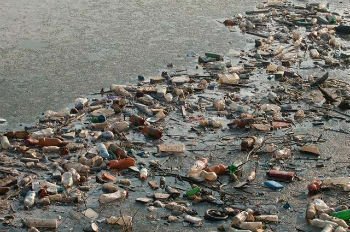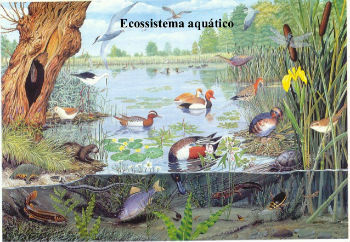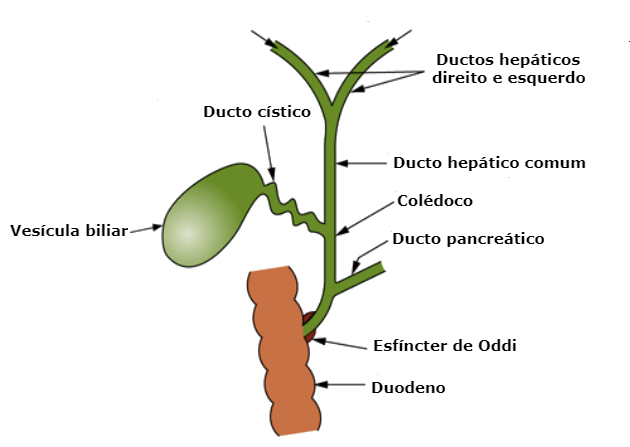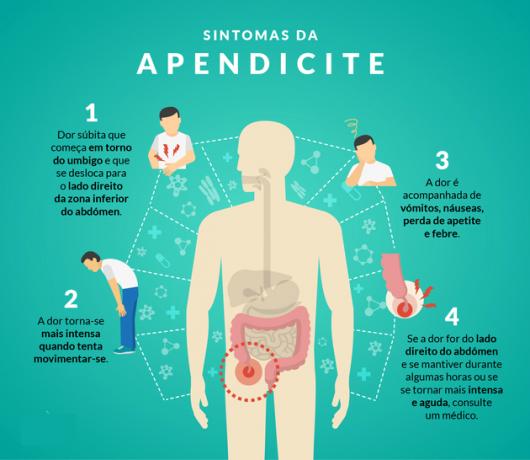Water pollution is the result of changes in its quality that make it unfit for consumption and harmful to living organisms that inhabit it.
As its properties are altered, polluted water harms the natural environment and man.
Causes
Human action is the main responsible for water pollution.
The main sources of water pollution are agricultural, domestic and industrial activities.
agricultural activities
Agricultural activity is potentially polluting because the use of pesticides and chemical fertilizers can seep into the soil and reach the water table.
The substances used in the composition of fertilizers and pesticides can be dissolved in rain and generate significant environmental impacts on the ecosystem.
industrial activities

The activity of industries generates different types of polluting waste that can be released into rivers and the sea.
Oil exploration in groundwater occurs mainly due to oil spills at sea and generate ecological disasters.
In addition to leakage in the exploration phase, contamination can occur during transport or due to the poor condition of the collection equipment.
Domestic activities

Domestic activity is highlighted by the use of detergents, which enhance the growth of phytoplankton and algae that, when they die, deplete the supply of oxygen.
Water contamination is also caused by waste from poorly installed landfills, open-air dumps and discharge of domestic sewage into the water.
This also happens due to the infiltration of leachate into the water table. Slurry is waste in a liquid state, which penetrates the soil or runs directly into rivers.
The lack of basic sanitation is another factor responsible for water pollution.
See too: Environmental problems
Contamination by cadaver residues
As with landfills, water contamination by cadaver residues is due to the infiltration of substances into the soil.
In cemeteries, where biological measures for isolating decaying bodies do not take place, the soil is penetrated by the so-called necroslurry and can reach the groundwater.
The necrochorme is formed by the remains of bodies in the process of decomposition.
Learn more, read also:
- Pollution
- Types of pollution
- Water shortage
Consequences

The release of physical and chemical substances into water is potentially harmful to the aquatic life of animals and plants.
THE potable water it is suitable for consumption as it does not contain harmful microorganisms, is not harmful to health and exhibits three basic characteristics: colorless, tasteless and odorless.
When the chemical conditions of the water are changed, it is not suitable for consumption and can result in people's illnesses.
The main diseases associated with the consumption of contaminated water are gastrointestinal infections, dysentery, leptospirosis, cholera and hepatitis.
Another consequence is that excess organic matter from sewage causes the process of eutrophication.
Learn more about the water issue, read also:
- waste of water
- Water treatment
- Importance of water
- Exercises on water



